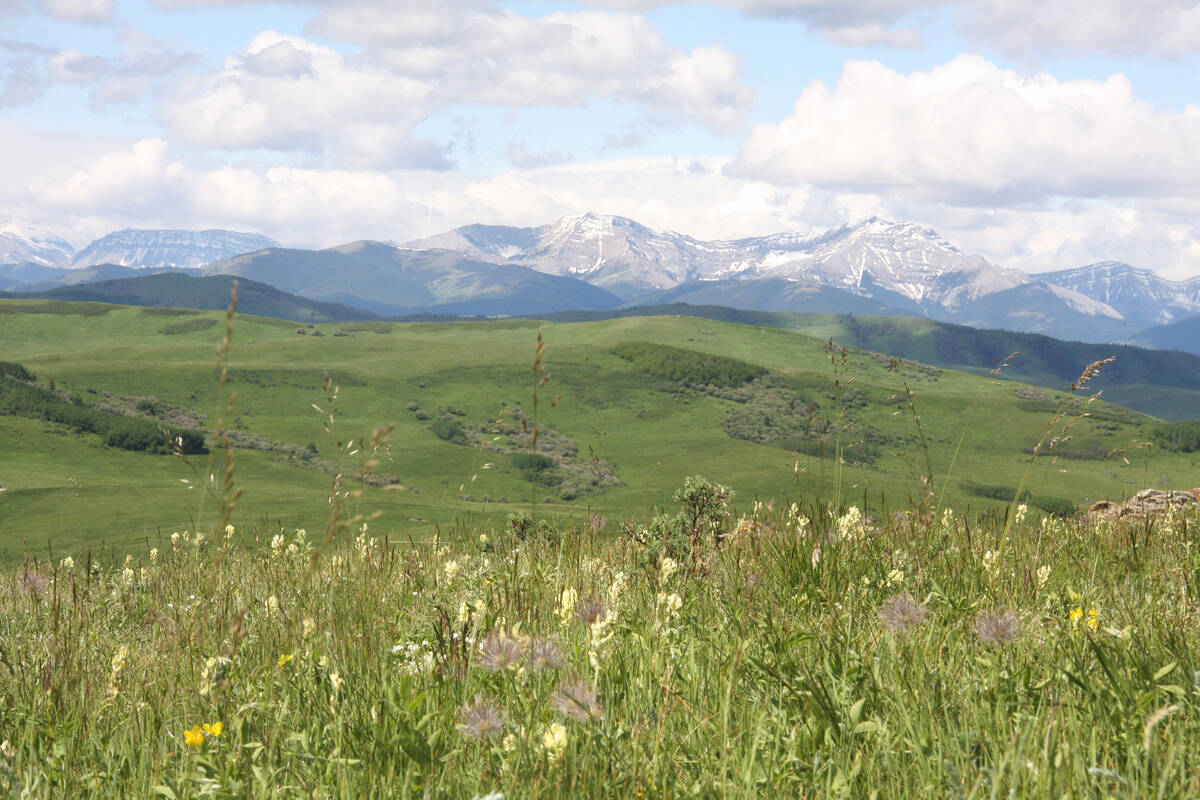REGINA (Staff) – The mysterious interloper recently apprehended in a Balcarres farmer’s field has been identified.
According to horticultural experts, the two-metre long, podded and purple-flowered plant found in a lodged canola crop on Norman Grubb’s farm is malva sylvastris, colloquially known as purple mallow.
When Grubb found a patch of the plants in his canola he took a sample to the Fort Qu’Appelle rural service centre, where it quickly became a local sensation.
Since The Western Producer ran a story on the odd plant, the centre has been deluged with ideas on its identity from across the Prairies. Many names in many languages, from German to Romanian to Indian, have been offered for the plant. But weed ecologist Gordon Thomas, of the University of Sask-atchewan federal research station and horticultural sleuth Jane Vandervelde of Belmont, Man., agree it’s malva sylvastris.
Read Also

Selenium not deal breaker in coal mining: expert
Environmental scientist weighs in on coal mining debates in Western Canada, explaining selenium and the technologies and practices to lower its concentrations in nearby waterways to coal mining operations
Thomas said the plant is a domestic flower often planted in the gardens of European immigrants. Its seeds, which appear in muscular whorls along the plant spine, could have been buried years ago and only recently brought to the surface by Grubb’s farming operations, he said.
A single bunch of seeds could have been scattered, explaining why the plants were only in one patch of the field and haven’t appeared in the 12 years Grubb has worked it, Thomas said. Mallow seeds are tough and hard-shelled, and can remain dormant for years. Since the field was once a farmyard, this is probably the explanation, Thomas said.
Won’t pose a problem
He added he doesn’t think the plant will become a weed problem for Grubb.
Vandervelde, who used to run a market garden, said she thinks the seeds were more likely brought north by migrating ducks or geese. She said the plants often grow in swampy areas and could have been consumed by peckish birds. The plants appeared in Grubb’s field beside a dugout, which could have attracted birds and would have offered perfect growing conditions.
Fertilizer in the field could explain the large size of the plants, Vandervelde said.
Fort Qu’Appelle agrologist Dwayne Simmons said he was surprised by the interest people showed in solving the plant mystery. Many people still collar him to find out if he has identified it.














